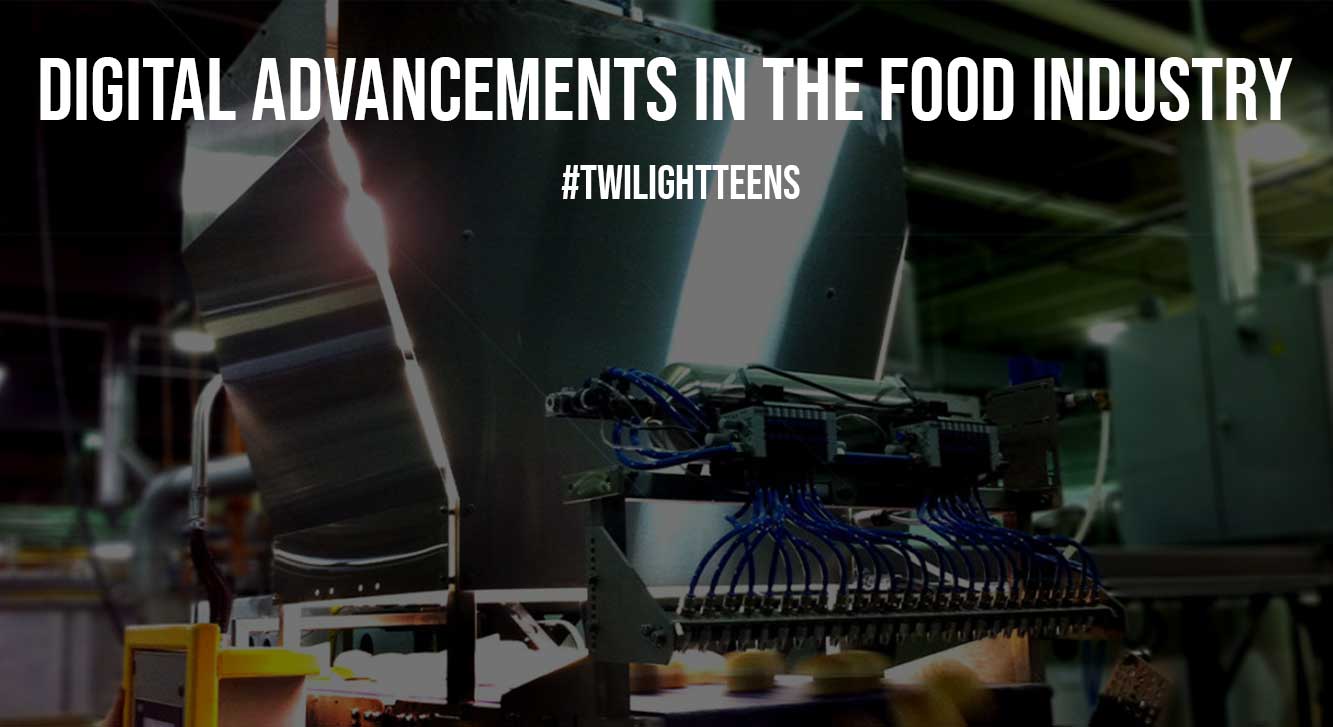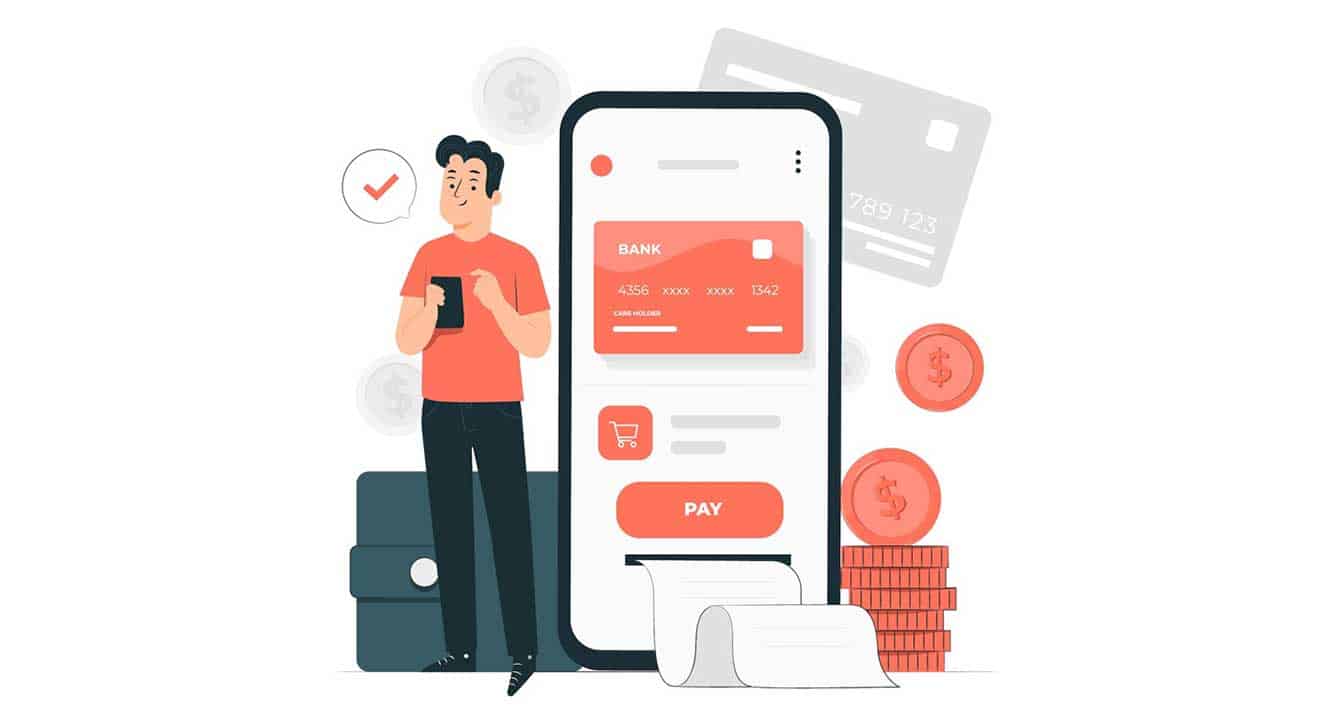Technology isn’t the first thing that springs to mind when thinking of food. Nonetheless, the global population is increasing, demand is increasing, and food technology is fast evolving.

Take a look at how modern technology has impacted the food business.
Table of Contents
1. Environmentally Friendly Waste And Packing
Because consumers are increasingly concerned about sustainability and eating nutritious foods, corporations have little choice but to follow suit.
What other options are there? With the most recent technological advancements, edible packaging produces no waste, and micro packaging uses nanoparticles to destroy microorganisms.
Get PTFE machined parts from DCW at the best rates for your industrial needs.
Also Read: 20+ Best Business Entrepreneur Quotes Caption For Instagram
2. Robots
Many robotic gadgets are designed to enhance output while making the process safer. These sophisticated machines may assist fellow line employees, take over dangerous tasks, and more in the food business.
Food harvesting robots are becoming increasingly widespread as they can cover areas requiring many employees. This cuts down on time and protects workers from hazardous working situations in the event of bad weather.
Robots can also speed up sorting and packaging in the manufacturing process, allowing enterprises to meet demand faster.

3. Smart Sensors
Furthermore, thanks to sophisticated sensors, food manufacturing has gotten more uncomplicated. These sensors give production managers crucial information to check inventory, control temperatures, examine ingredients, and improve the entire experience.
Businesses can use sensors in delivery vehicles outside of the production or facility to verify that distribution runs smoothly.
4. Blockchain
Transparency has been increasingly important in recent years. Customers urge to know every detail about how producers make their food as the food sector adapts to fit sustainability demands.
Ingredient lists, manufacturing techniques, and other details are included. Businesses have begun to use blockchain approaches to comply with a growing demand for clarity.
These systems collect information about a product’s origin and let customers scan a product QR code with their smartphones to observe the entire process from beginning to end.
Walmart is employing the technology to monitor possible foodborne illness outbreaks. It enables them to locate the source and the numerous branches involved, such as where things were sent and who purchased them.
To get started with your blockchain learning, check out these online blockchain courses.
5. Digital Marketing
People are looking into local food options as a means to decrease carbon emissions and support local companies as climate change becomes increasingly important.
Consumers don’t always know where to discover local farms and groups to acquire food items because competition is very high. Fortunately, there is a solution: online marketing.
Local farmers now have a way to assist consumers in locating products grown in their area. Farmers can engage with community members by promoting their websites on social media and through paid advertising.
It’s also less difficult to plan and advertise farmer’s markets. Everyone benefits as manufacturers gain more customers and consumers eat healthier.
6. Drones
Farms sometimes span huge distances, and farmers require monitoring the areas’ output. Drones are gaining popularity as an alternative to extra farm laborers or satellites, and updated technology makes them more productive.
Farmers can use drones to pinpoint the exact location of a diseased or damaged plant, distribute fertilizer and pesticides more precisely, or take images and get instant information about a specific part of the field.
Pharmacy safes are really important for pharmacy companies; grab them at the best price.
7. AI System
Food production and distribution methods are automated using artificial intelligence algorithms. The AI-based solution may handle it more efficiently while also improving operational competency.
The AI systems can track weather changes, crop growth progress, and soil health.
They feed the data into the computer, indicating which crops are strong and weak, identifying problems, and suggesting new improvements and changes.
8. Online Food Ordering
Online food ordering and contactless home delivery have come to the rescue as eateries face imposed restrictions, tight sanitary standards, and even shutdowns.
However, since many diners prefer to order directly from restaurants, we can expect eateries to follow the trend of major fast-food chains in building their integrated web platforms and apps.
This digital intimacy allows restaurants to maintain a tight relationship with their consumers despite the distance.
9. Contactless Payment
Contactless innovation is turning out to be more normal, and it’s not only for ordering food online any longer; it’s additionally for paying to utilize a phone.

Infographic created by Clover, a contactless payments company
The global restaurant business has been progressively adopting new payment systems, but this trend has quickened with the epidemic. If restaurants do not want to fall behind in the coming year, they must invest in a digital payment strategy.
Just like advancements in the food industry, there are many advancements in the toys industry. Get a play yard for your kid to enjoy their playtime.

Also Read: How to Educate Yourself Online Effectively?
Conclusion
The food and beverage sector uses technology in a variety of ways. The digital revolution is still gaining traction, and very soon, all restaurants will allow consumers to place orders using their phones or laptops.
This implies that restaurants must increase their accessibility so that customers prefer them over their competitors. If at all feasible, simplify your internet ordering processes.

Leave a Reply